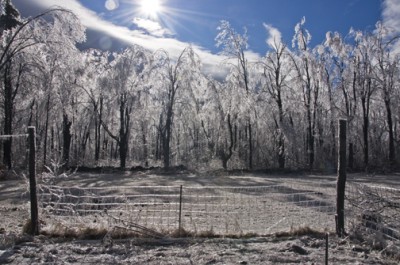Pergola in Purgatory - Brattleboro Reformer article.
 The neighboring town of Wilmington just erected a lovely little pergola in a park where an old building burned down at the main intersection. Wilmington is a minor tourist trap on the way to Southern Vermont Skiing complete with historic buildings repurposed as restaurants and souvenier shops. Some folks think that the new pergola looks, well, new. As if the vinyl siding, all the shop signs and the monster Rite-Aid don't look new. so I wrote a reply to the reformer article.
The neighboring town of Wilmington just erected a lovely little pergola in a park where an old building burned down at the main intersection. Wilmington is a minor tourist trap on the way to Southern Vermont Skiing complete with historic buildings repurposed as restaurants and souvenier shops. Some folks think that the new pergola looks, well, new. As if the vinyl siding, all the shop signs and the monster Rite-Aid don't look new. so I wrote a reply to the reformer article.
"I was sad to see the Reformer article on the petition to remove the pergola in the park in Downtown Wilmington but I wasn't surprised.. People in Vermont are, on average, as conservative architecturally as they are liberal socially. I am also not so ignorant that I don't understand that anachronism and nostalgia sell and if your town is a "tourist trap" you need a certain amount of it. In Wilmington, if you stand on the corner at the intersection of 9 and 100 where the pergola is and you ignore the cars, the touristy signs and forget about the Right-Aid up the road, use some imagination and squint a bit you can see a bit of old Vermont. People also come to Vermont for Art and the pergola brings to Wilmington a much needed liveliness that tells visitors that Wilmington cares about art and not just kitsch."





